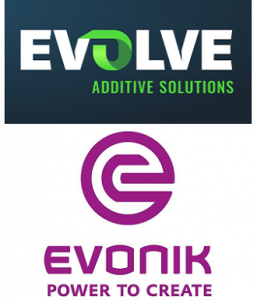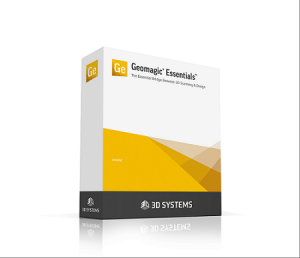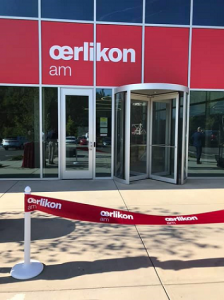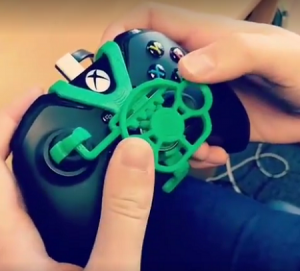Video gaming isn’t all fun and games: it’s a
massive and fast-growing global industry. Around two billion gamers around the
world are driving the $120 billion-plus market — estimated to
approach $200 billion in the next couple of years.
Both game and gamer are only going to continue
to grow more complex. Graphics never dreamed of in my childhood with pixelated
Kool-Aid Man on Atari are showing detailed worlds with individually
configurable characters. And with so many hours spent building, developing, and
leveling up those characters, of course players are becoming attached to them.
So attached that it’s becoming only natural to
want to bring those 2D characters into the third dimension.
3D
Printing From A Game
To date, most 3D printing of video game
characters has been up to individual efforts and pretty labor-intensive.
Shapeways has developed tutorials on how to export game files into 3D
software to clean up, make watertight, and 3D print. Here’s a look at how
ZBrush can help there:
More and more, we’re seeing tutorials arising among the community as well
to provide detailed instructions on how to make a game character 3D printable. Conversations about the merits of 3D printed game
characters abound, as for the last several years video games and 3D
printing have both been growing, with significant overlap between these
digitally-minded communities.
The messaging in all this is clear: having
your specific avatar 3D printed to match your carefully crafted adventurer is
something you as a gamer are interested in making work.
What’s also clear? Making 3D characters 3D
printable is pretty painstaking work, especially for those better versed in
gaming than in modeling.
From rendering a watertight 3D model from a
generally-not-watertight 3D game design to physically 3D printing the character
to the post-processing and painting needed to finalize the character’s full
look in three dimensions, the detail work is pretty intense for a casual DIYer.
That’s definitely not to say it’s not possible — all the TLC going into each
character is also a physical manifestation of the digital work already done to
craft the original look in-game. There’s also a sense of zen that comes with
painting a gaming mini, familiar to many a tabletop gamer.
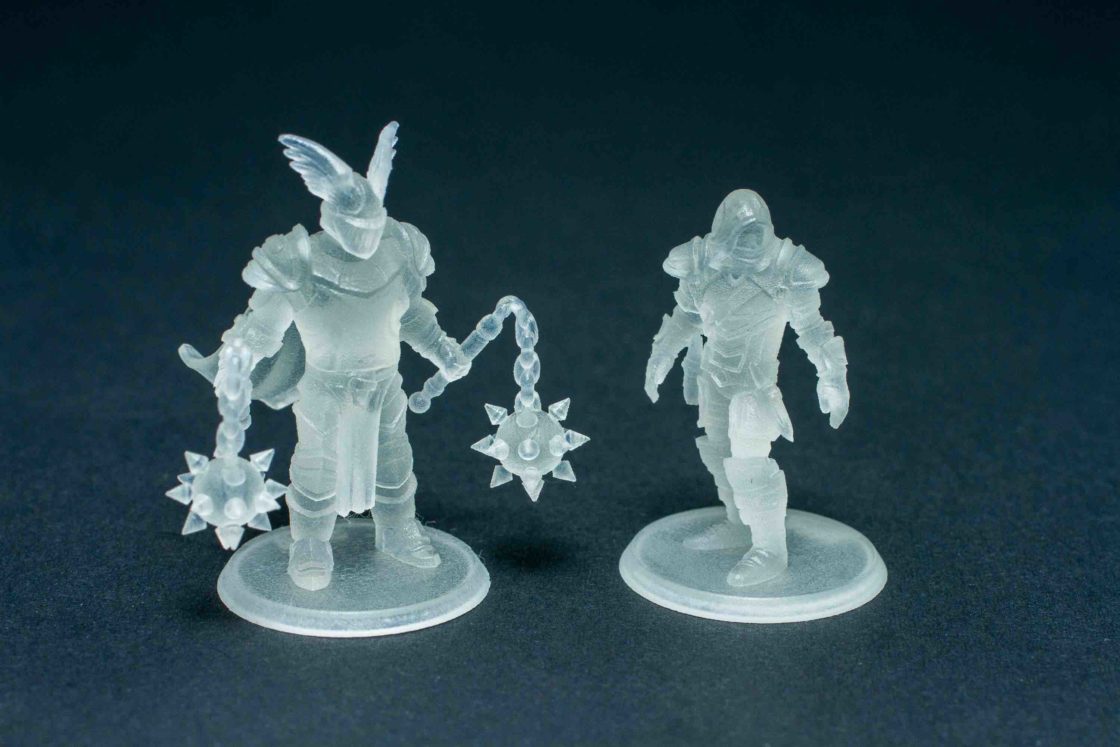
If you’re driven in the desire to have a
figure of your character but don’t know where to start, Shapeways offers design
services through a partnership with ZVerse. If you really want to do
it yourself, design tips on ensuring printability of a file
are also available.
These options are pretty tough to scale,
though, for more than the occasional one-off character print — and that’s
where game designers’ conversations are getting really interesting.
Online design repositories already offer many
printable models of popular video game characters, but obviously they don’t
have your specific character creation. So what if the games themselves offered
the option to directly export your character and, without having to go through
the hullabaloo of cleanup, checking meshes, scaling, and perfecting, just gain
access to a 3D printable model?
Game
Designers Look Ahead With 3D Printing
Increasingly, game designers are exploring the
use of 3D printing to allow gamers to design and 3D print their virtual
characters directly from video games.
It’s been a hot topic for game studios big and
small as they see the fervor with which players customize their characters.
Dozens or hundreds of hours of game play can create a real bond between player
and avatar, and it’s not gone without notice that those players would love a
way to make their characters even more real — by bringing them into the real
world.
Of course, the technological differences
between software design, where even the most three-dimensional characters still
live in a very 2D screen, and 3D printing are many. Collaborations are key to
bringing these renderings into the physical world, and that’s where the
conversation lies today.
For right now, we don’t have anything concrete
emerging from these conversations…but it’s nice to know game designers are
looking ahead with bringing 3D printing into the plans for upcoming editions.
The post 3D Printing Your Video Game Character appeared first on Shapeways Blog.

